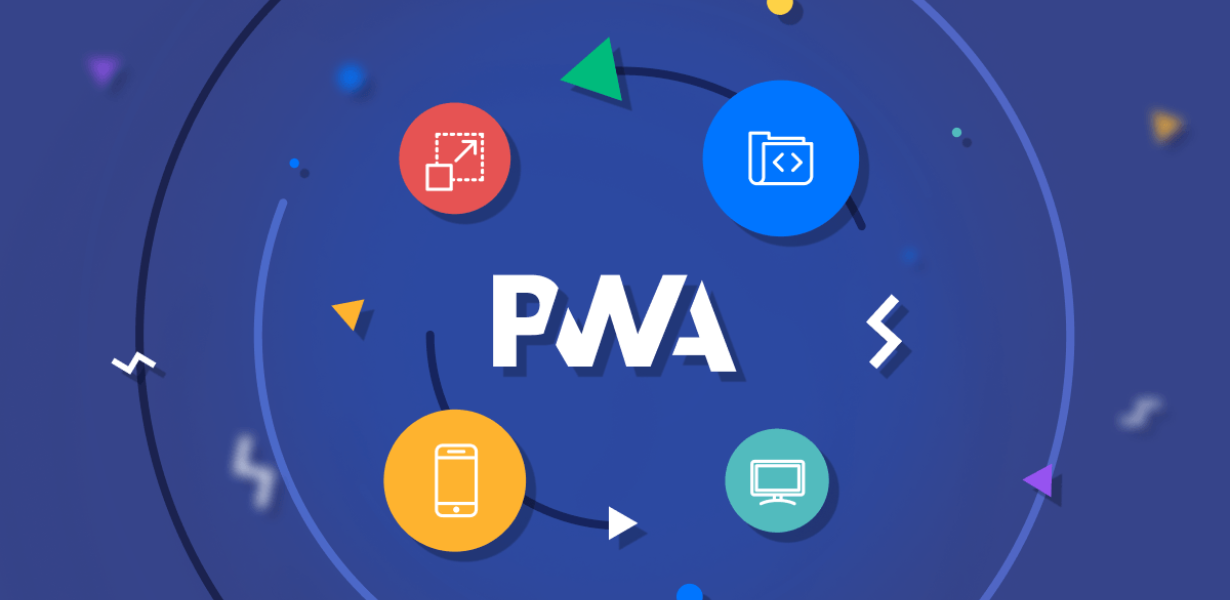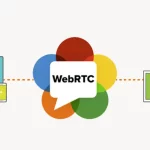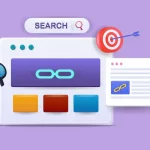
Unveiling the Potential of WebAssembly: Elevating PWA Performance in 2023
- Post
- August 8, 2023
- Progressive Web Apps, PWA Performance, Web Technologies
- 0 Comments
In the ever-evolving landscape of web development, Progressive Web Apps (PWAs) have emerged as a powerful solution, offering enhanced user experiences across various devices. However, as we venture into 2023, a new player has entered the scene, ready to further elevate PWA performance – WebAssembly. This revolutionary technology harnesses the power of low-level programming languages to execute code at near-native speeds, opening up a world of possibilities for developers and users alike.
Embracing the Era of PWAs
Progressive Web Apps, or PWAs, have been a game-changer in the way we interact with web content. These lightweight applications combine the best of both worlds – the seamless experience of a native app and the accessibility of a web browser. With features like offline access, push notifications, and rapid loading times, PWAs have transformed the digital landscape.
The Rise of WebAssembly
As we enter the year 2023, the evolution of web technologies continues at an astonishing pace. WebAssembly, often abbreviated as wasm, has emerged as a key player in this evolution. WebAssembly is a binary instruction format that enables high-performance execution of code on web browsers. Unlike JavaScript, which is traditionally used for web development, WebAssembly empowers developers to write code in languages like C++, Rust, and even Python. This shift brings a significant boost in performance and efficiency.
The Marriage of PWAs and WebAssembly
Imagine a world where your PWA runs faster, smoother, and delivers an experience akin to a native app. This vision becomes a reality with the integration of WebAssembly into PWAs. By allowing developers to compile code written in languages optimized for speed, PWAs can now achieve near-native performance levels. This synergy creates a fluid and engaging user experience, breaking the barriers of traditional web limitations.
Turbocharging PWA Loading Times
One of the key challenges PWAs have faced is loading times, especially on slower networks. Enter WebAssembly’s ability to improve loading times dramatically. The technology’s efficient binary format reduces parsing and compilation overhead, leading to faster startup times. Users will no longer be left waiting – they can now swiftly engage with your PWA without frustration.
Enhanced Visual Experiences
WebAssembly not only accelerates load times but also empowers developers to create visually stunning experiences. Complex animations, graphics, and interactive elements that once required extensive optimization can now be executed smoothly. This level of interactivity enhances user engagement and satisfaction, making your PWA stand out in a crowded digital space.
Seamless Third-Party Integrations
The integration of third-party libraries and services within PWAs has often been a double-edged sword. While these integrations enhance functionality, they can also introduce bloat and slow down performance. With WebAssembly, developers can leverage pre-compiled libraries written in languages like C++, ensuring optimal performance without compromising on functionality.
Security and Isolation
Security has always been a paramount concern on the web. WebAssembly’s design prioritizes security by running code in a sandboxed environment, preventing it from accessing critical system resources. This isolation ensures that your PWA remains secure and shields user data from potential vulnerabilities.
SEO Benefits
Search Engine Optimization (SEO) is a crucial aspect of any web presence. With the use of WebAssembly, PWAs can deliver content to search engine crawlers more efficiently. This improved crawlability positively impacts your PWA’s discoverability and ranking in search results.
Bridging the Gap for Complex Applications
WebAssembly isn’t just about speed – it’s about unlocking the potential for complex applications that were previously deemed too resource-intensive for the web. From advanced video editing software to high-end gaming experiences, the fusion of WebAssembly and PWAs extends the boundaries of what’s achievable in the browser.
Embrace the Future
In the dynamic realm of web development, staying ahead of the curve is essential. As we step into 2023, the marriage of WebAssembly and PWAs offers a new horizon of possibilities. The power to create lightning-fast, visually captivating, and secure experiences is now at your fingertips. Embrace this convergence and redefine what your PWA can achieve.
Final Words
In the ever-evolving landscape of web development, the combination of Progressive Web Apps and WebAssembly stands as a testament to human ingenuity. As we journey through 2023 and beyond, the potential to create faster, more engaging, and secure digital experiences has never been more within reach. The fusion of these technologies empowers us to push the boundaries of what’s possible on the web. Embrace this evolution, and let your PWAs flourish in a new era of performance and interactivity.
Commonly Asked Questions
Q1. Can any programming language be used with WebAssembly?
Yes, WebAssembly supports a wide range of programming languages, including C++, Rust, and even Python, allowing developers to choose the language they are most comfortable with.
Q2. Will WebAssembly affect my PWA’s compatibility with different browsers?
No, WebAssembly is designed to be compatible with all major browsers, ensuring a consistent experience for users across different platforms.
Q3. How does WebAssembly impact the security of my PWA?
WebAssembly’s sandboxed environment ensures that code runs in isolation, preventing potential security vulnerabilities and protecting user data.
Q4. Can WebAssembly be used in conjunction with JavaScript?
Absolutely, WebAssembly and JavaScript can work together seamlessly, enabling developers to leverage the strengths of both technologies within a single application.
Q5. Are there any downsides to using WebAssembly in PWAs?
While WebAssembly brings numerous benefits, it’s essential to consider factors like increased initial load times due to the compilation process. However, the long-term performance gains often outweigh these initial trade-offs.




